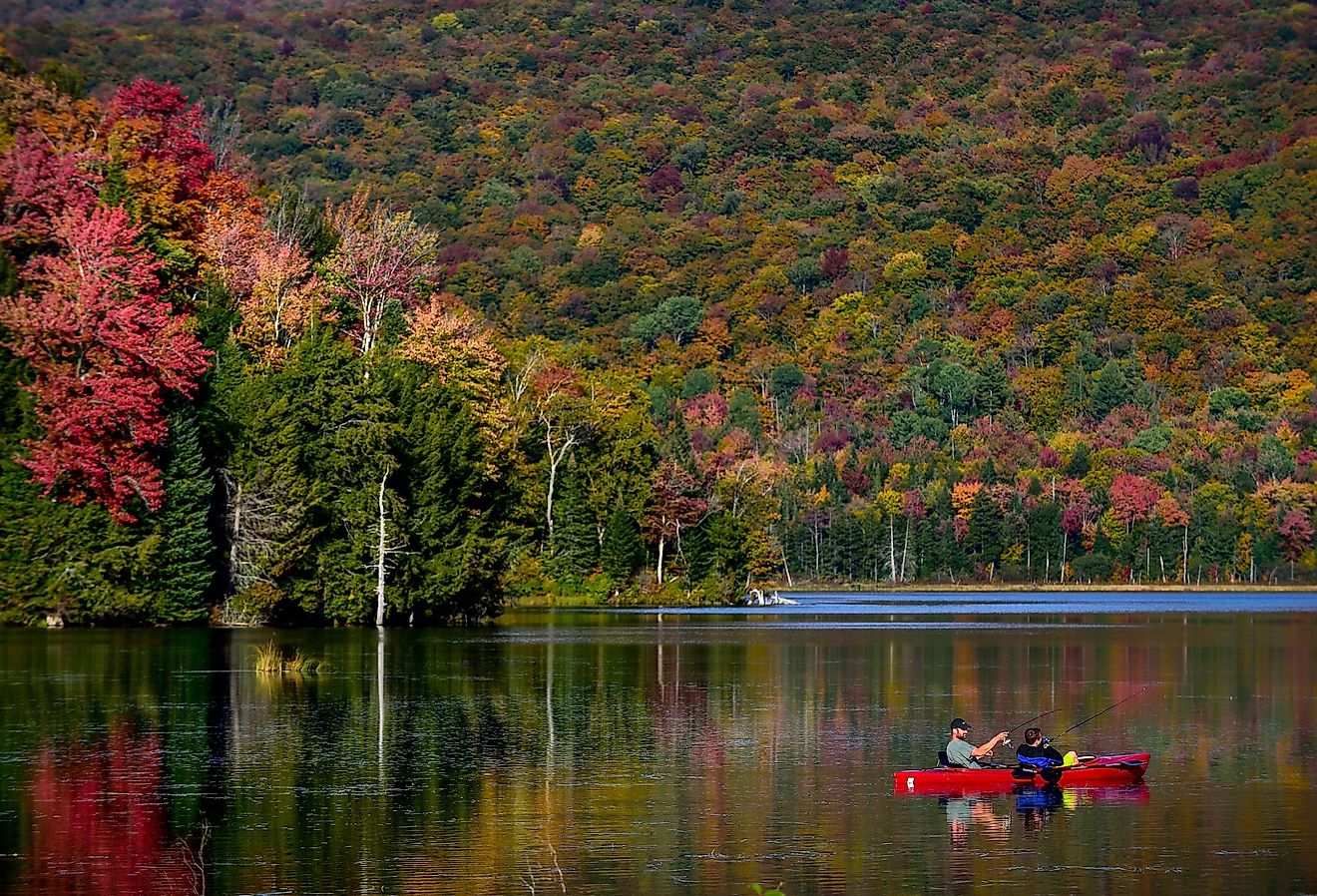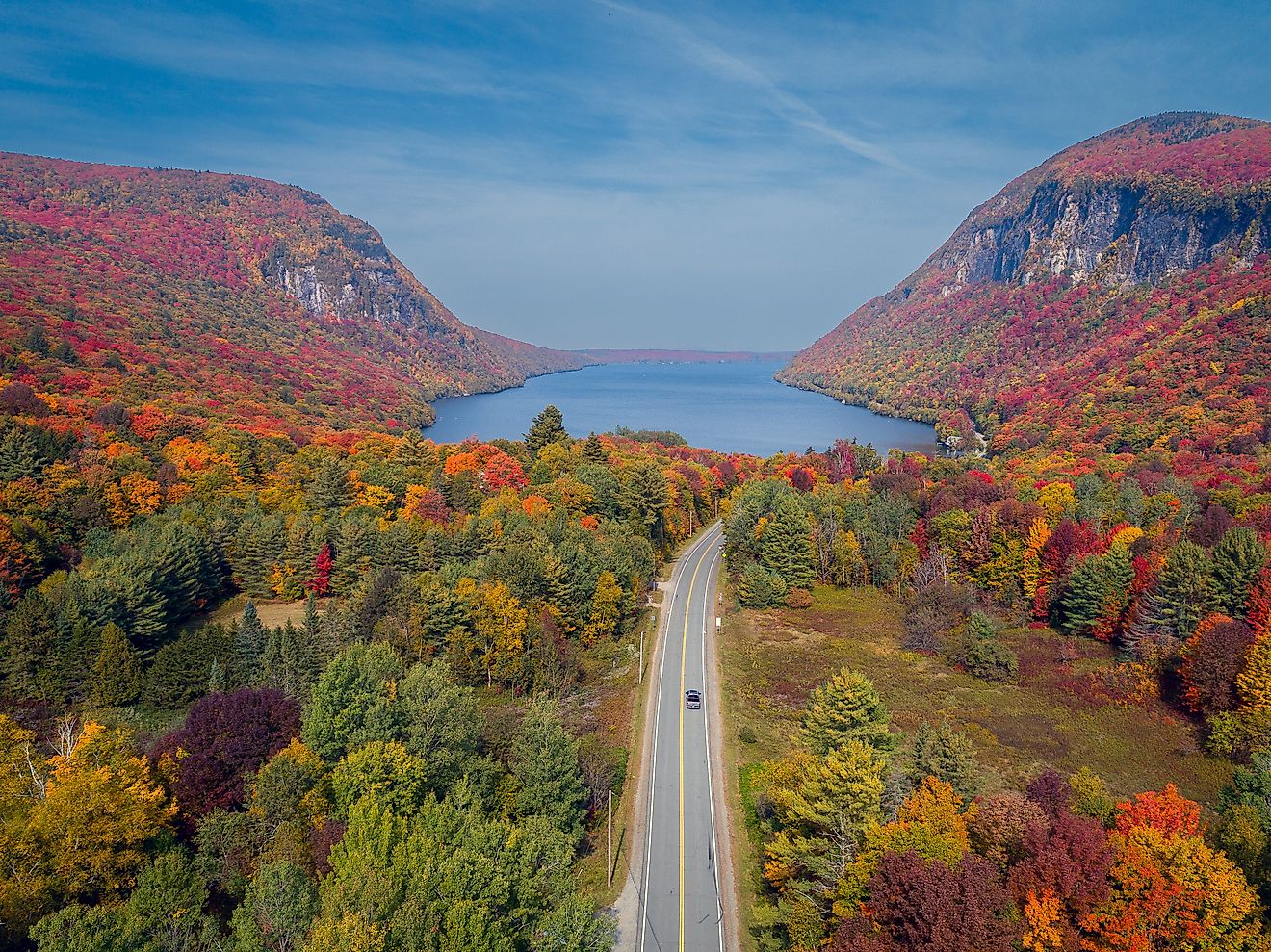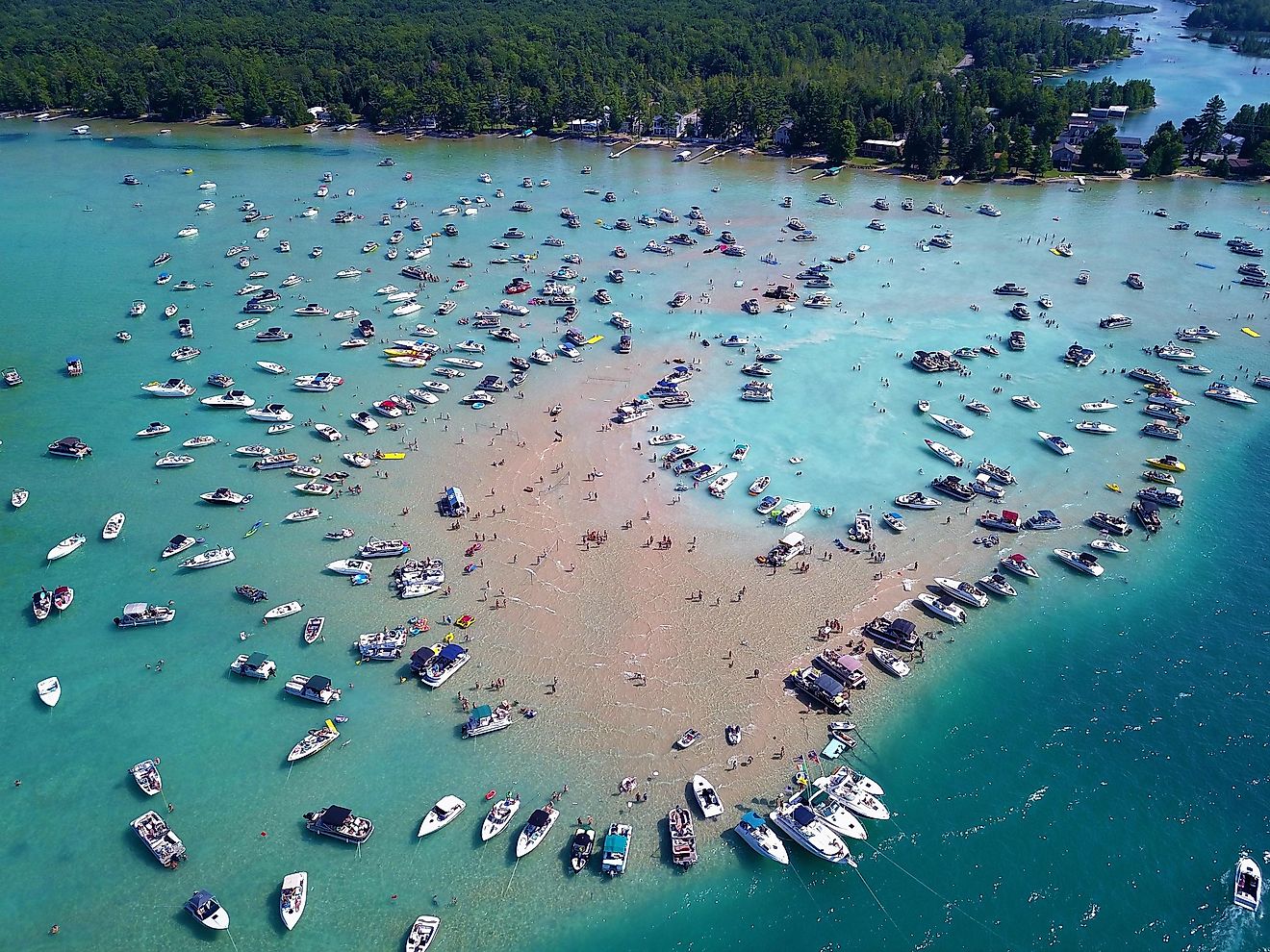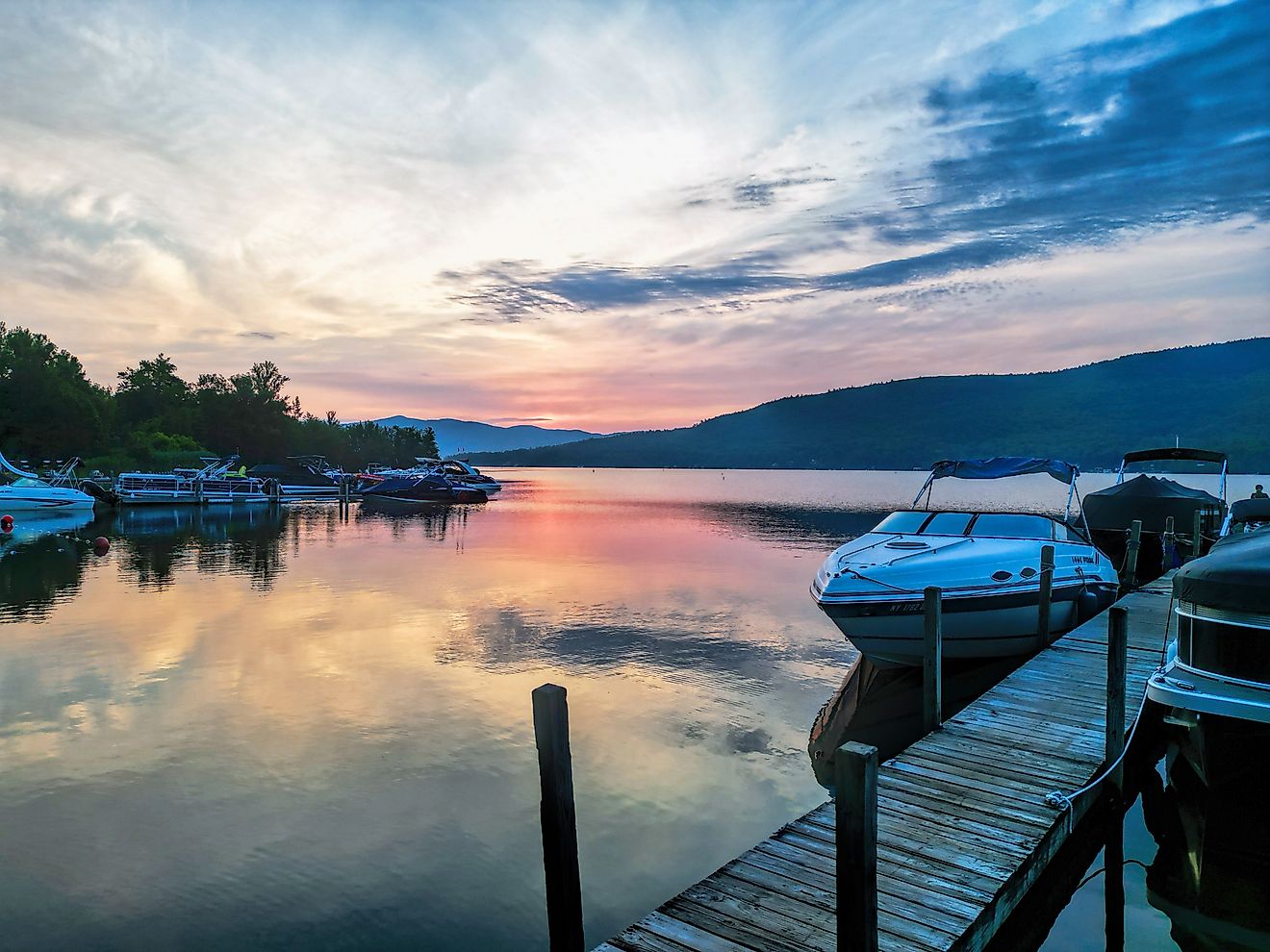
Gulf of Taranto
Also referred to as Golfo di Taranto in Italian, the Gulf of Taranto is an almost square-shaped gulf of the Ionian Sea that fills the gap between the “toe” and “heel” of the boot of Italy. Limited by the Apulia region’s Santa Maria di Leuca cape to the east and the Calabria region’s Capo Colonna to the west, the gulf has been named after the coastal city of Taranto, located in Southern Italy’s Apulia region. In recent times, the entire Gulf of Taranto has been claimed by Italy as its national waters and is therefore closed to international traffic. However, this claim by Italy is not recognized by other countries, especially the United Kingdom and the United States.
Geography Of The Gulf Of Taranto

Covering an area of about 6293.46 sq. mi, the Gulf of Taranto is Italy’s most expansive gulf. Having a maximum length and width of about 87 miles, the southern side of the gulf encompasses the Ionian coasts of Calabria, its northwestern side the coasts of Basilicata, and its eastern side the Apulian region along with the Salento peninsula. Locally called ‘citri,’ the gulf’s submarine springs mark the southern limit of Murge, which is Apulia’s biggest karst sub-region. The extended Gulf of Taranto Boundary Section, which comprises a narrow trench, links the Gulf with the Ionian Sea's northern portion and the Mediterranean Sea's eastern portion. The currents in the gulf caused due the density differences are parallel to the coast and do not exceed 1 knot in speed.

From its western coastline, the gulf receives inflows from five major rivers: Agri, Basento, Bradano, Crati, and Sinni. These rivers have a relatively low yearly mean runoff of about 75 cubic meters per second. The Gulf of Taranto is also home to the Cheradi Islands, an archipelago composed of two small islands: San Pietro and San Paolo. The two islands protect Mar Grande or Big Sea, Taranto city’s principal commercial port. Mar Grande is, in turn, separated from the inland lagoon Mar Piccolo or Little Sea by a cape that closes the Gulf. Crotone, Gallipoli, and Taranto are some major settlements along the Gulf of Taranto.
Climate Of The Gulf Of Taranto Region
The city of Taranto, located along the Gulf of Taranto, experiences a hot-summer Mediterranean climate, with hot, humid summers and long, cold winters. The hot season lasts from June 15 to September 9, where July is the year’s hottest month, having an average high temperature between 88°F and 69°F. The cold season lasts from November 21 to March 28, where January is the year’s coolest month, having an average low temperature between 42°F and 55°F. Although generally, the spring season is quite mild and rainy, it is not uncommon to experience sudden cold spells bringing snowfall during this time. The city receives an average yearly precipitation of only 16.7 inches, which is fairly low compared to other Southern Italy regions.
History Of The Gulf Of Taranto

Founded by the Spartan immigrants in the 8th century BC, the coastal city of Taranto, fronting its namesake gulf, soon became a sovereign city of Magna Graecia. The Greek colonists initially named the city in honor of Taras, whereas the Romans called it Tarentum and helped link the city to Rome via an extension of the Appian way. Taranto is also referred to as the “city of two seas” due to the presence of two bays: Mar Grande (Big Sea) and Mar Piccolo (Little Sea). At the end of the 19th century, a channel was dug to allow naval ships to enter the Mar Piccolo harbor. This led to the transformation of this old Greek city into an island, with only bridges connecting it with the mainland.
Initially, the increasing powers of Rome in terms of holding control over the seas frightened Taranto. At that time, Taranto had Italy’s extremely powerful naval forces and thus soon signed a pact with Rome. According to the terms of this pact, the Roman ships were forbidden to sail in the Gulf of Taranto. However, some Roman ships ignored this pact, leading to a conflict between Rome and Tarentum. This conflict eventually led to the capture of the city by Rome in 209 BC. During the First World War, the natural harbor at Taranto helped it become the Italian naval fleet’s home port. In November 1940, in the course of the Second World War, the British naval forces attacked the battle fleet of Regia Marina anchored at the Taranto harbor.
At present, Taranto is Southern Italy’s third-largest continental city, having many well-developed oil refineries, food-processing plants, steel, and iron factories, chemical works, and naval shipyards. In addition, the city functions as a crucial commercial port as well as hosts the principal naval base and arsenal of the Italian Navy.
Ecology Of The Gulf Of Taranto

The continuous mixing of the surface and dense bottom waters in the Gulf of Taranto leads to the occurrence of high seasonal variability in upwelling currents that support primary production in the Gulf. Moreover, the Gulf of Taranto hosts many key deep sea and pelagic habitats that support high biodiversity playing a critical ecological role in the Northern Ionian Sea. The area around the Cheradi Islands in the Gulf of Taranto is home to several cetacean species which function as important predators in the food web of the Gulf of Taranto. Some cetaceans that are frequently observed here include the striped dolphin, Risso’s dolphins, Bottlenose dolphins, short-beaked common dolphins, Sperm whales, Pilot whales, Cuvier’s beaked whales, and Fin whales. Occasionally other cetacean species, like Common minke whale, false killer whale, rough-toothed dolphin, and killer whale, are also spotted here. In addition to cetaceans, loggerhead sea turtles and fishes like swordfish and albacore tuna are found in the Gulf of Taranto.
Recently, severe threats from various anthropogenic maritime and land-based activities such as commercial and cruise shipping traffic, pollution due to the discharge of untreated sewage from heavy industries, overfishing, bycatch, naval exercises, sonar-based explorations for hydrocarbons, and intense seasonal coastal tourism influence the critical habitats and conservation status of the diverse marine species inhabiting the Gulf of Taranto.







